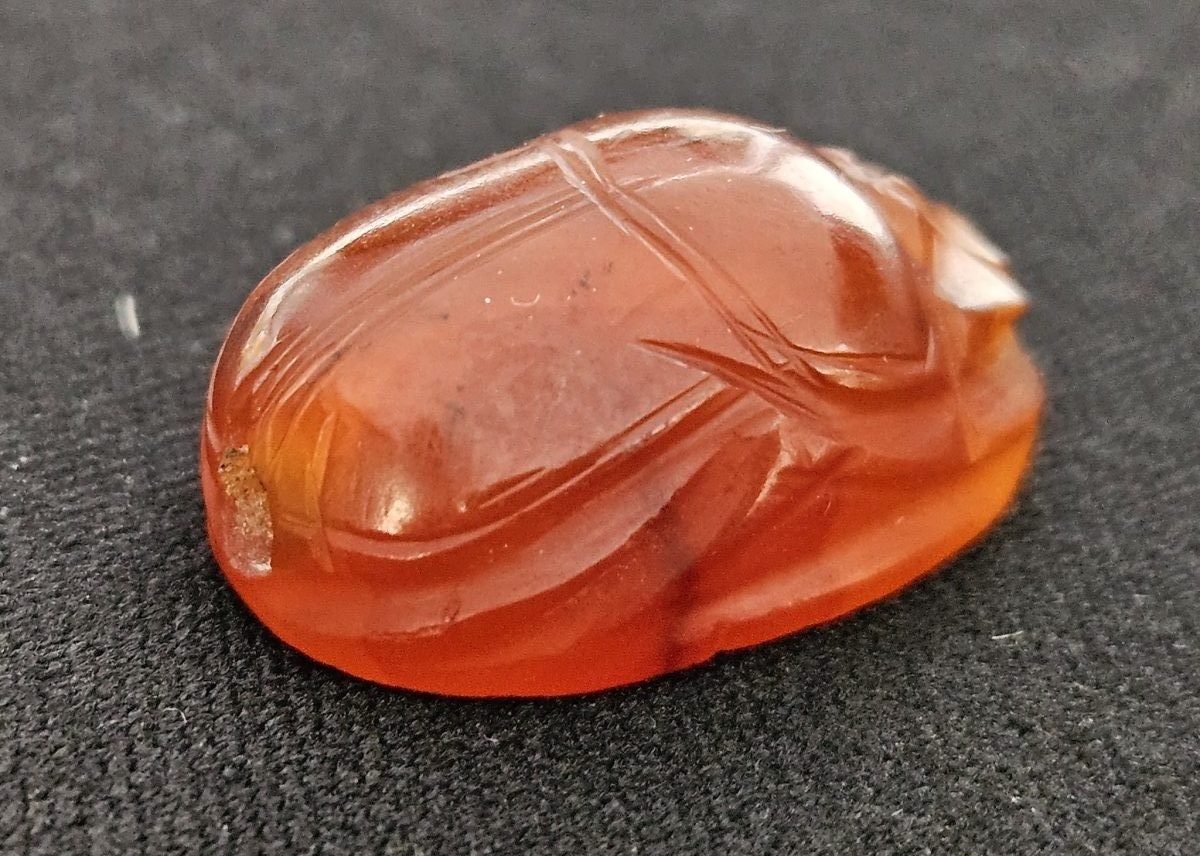
Rare 2,800-Year-Old Assyrian Scarab Seal Discovered in Israel’s Tabor Nature Reserve
A nature enthusiast recently made a remarkable discovery in the Tabor Nature Reserve, located in Lower Galilee, Northern Israel. Erez Abrahamov, a 45-year-old from Paduel, uncovered a rare scarab seal dating back to the First Temple period, believed to have been used by an Assyrian official.
The seal was found near Tel Rekhesh, in connection with the ancient city of Anaharath mentioned in the Book of Joshua. This significant find, announced by the Israel Antiquities Authority (IAA), suggests the possible presence of Assyrian or Babylonian officials in the region during the 8th century BCE. It is thought to have been utilized by an Assyrian or perhaps a Babylonian authority around 2,800 years ago.
Initially mistaking the object for a mere stone, Abrahamov realized its significance upon closer inspection, noting the intricate carvings depicting a legendary creature. He promptly contacted the IAA to report his discovery.
The reddish-brown carnelian scarab seal, roughly the size of a fingernail, features a beetle on one side and a griffin or winged horse on the other. This artistic style is characteristic of the Assyrian and Babylonian civilizations that flourished during this period.
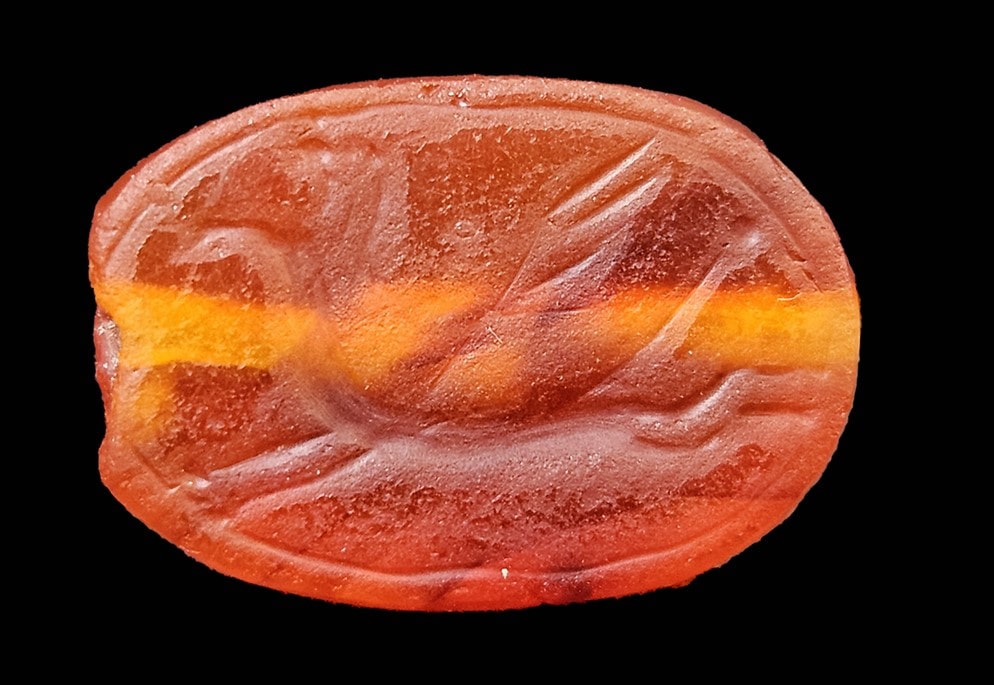
In ancient Egypt, scarabs were considered sacred, symbolizing renewal and rebirth. Their significance extended beyond the spiritual realm, as they were commonly used as administrative seals by high-ranking officials. The discovery of this scarab in Lower Galilee indicates the presence of Assyrian or Babylonian authorities at Tel Rekhesh during the Assyrian administration.
Archaeologist Itzik Paz, who is excavating at Tel Rekhesh, emphasized the importance of this seal, stating it provides valuable insight into the Assyrian governance in the area. He noted that if the seal can be accurately dated, it could shed light on the Assyrian presence in this strategic region.
This extraordinary find has been transferred to the Israel Antiquities Authority as required by law, and Abrahamov received a certificate of appreciation for his efforts. The discovery not only enriches our understanding of the historical context of the region but also highlights the intricate artistry and cultural significance of the time.
Israel Antiquities Authority (IAA)
You may also like
- The Steiermark Coat of Arms and Other Centuries-Old Inscriptions Discovered in Jerusalem’s Room of the Last Supper
- Vast Roman Horse Cemetery Belonging to Cavalry Unit Discovered in Germany
- 3,000 Year Old Settlement Uncovered During Construction of Ipswich Link Road
- The Ancient City of Kadyanda was the site of Brutal Pankration Competitions
- Archaeologists Discover 9,000-Year-Old Temple in Jordan Desert
- Sumerian Birth Certificate: One of History’s Oldest Records
- Archaeologists Uncover Unique Auditorium During Excavations in Sicily
- Astonishing 3,000-Year-Old Cave Paintings Unearthed in Brazil
- Ancient Assyrian Tablets: Science Uncovers 7th Century Writing Techniques
- The Mysterious Goddess of Levent Valley: 2800-Year-Old Hittite Goddess Figurine
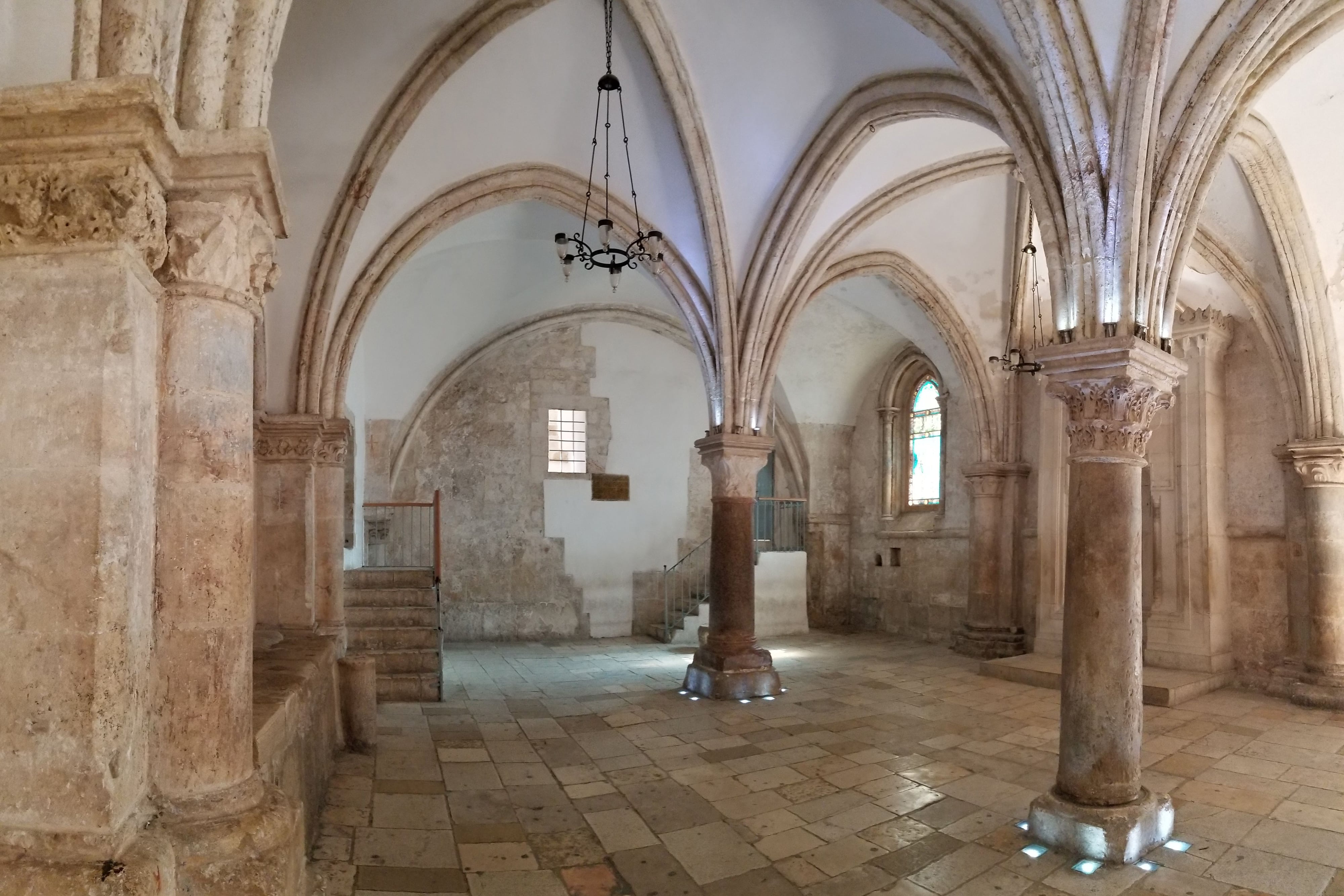
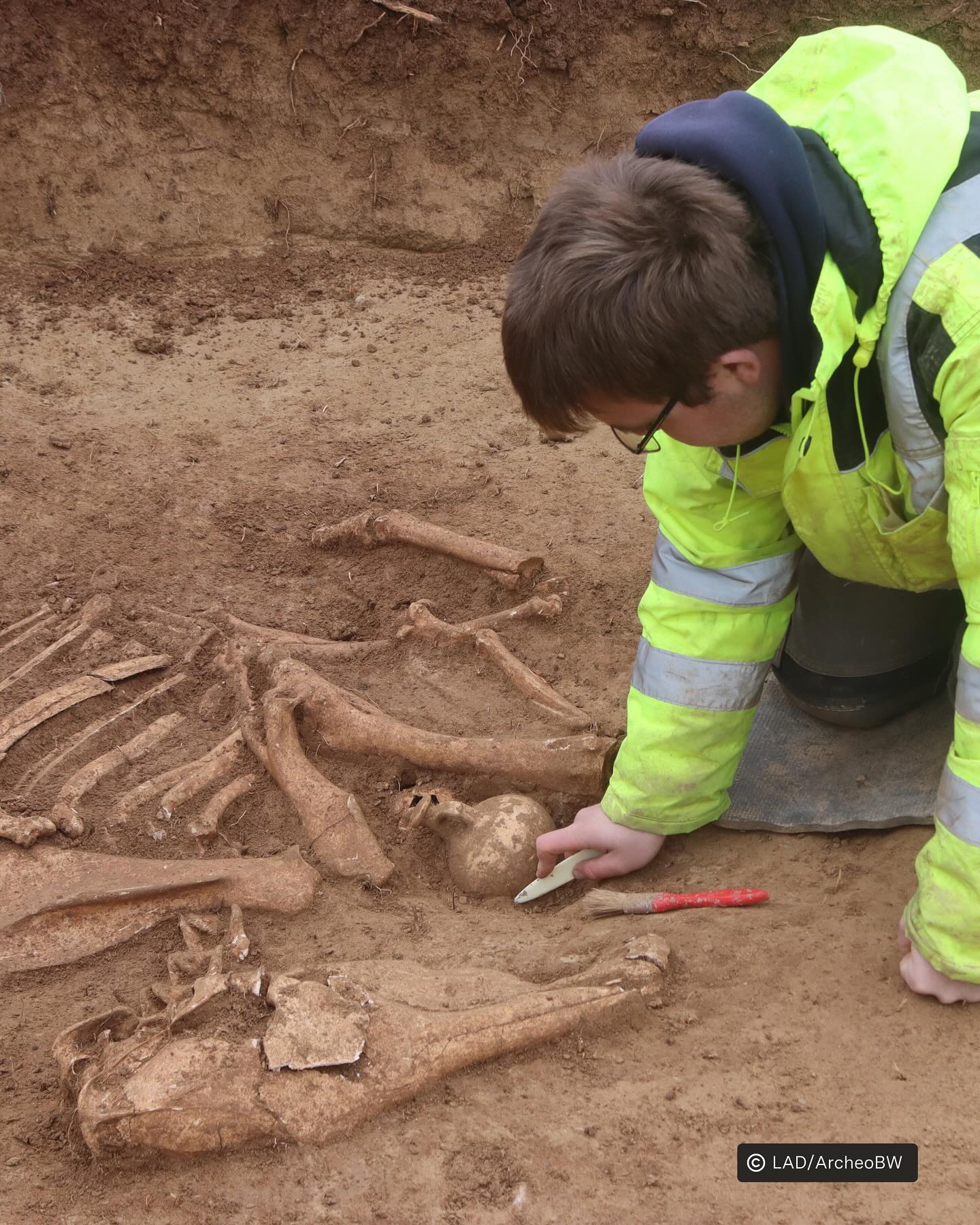

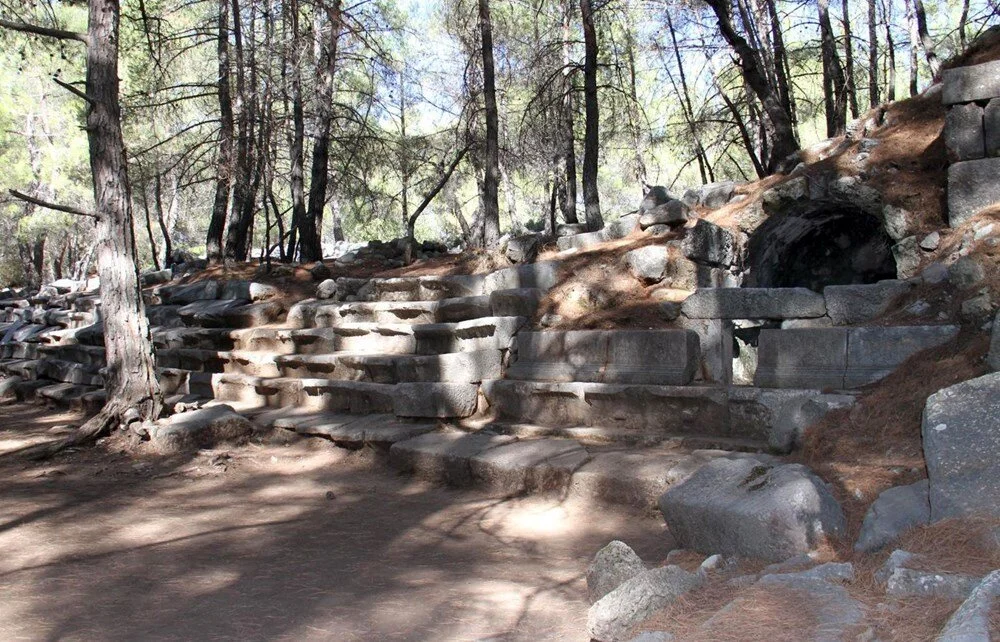
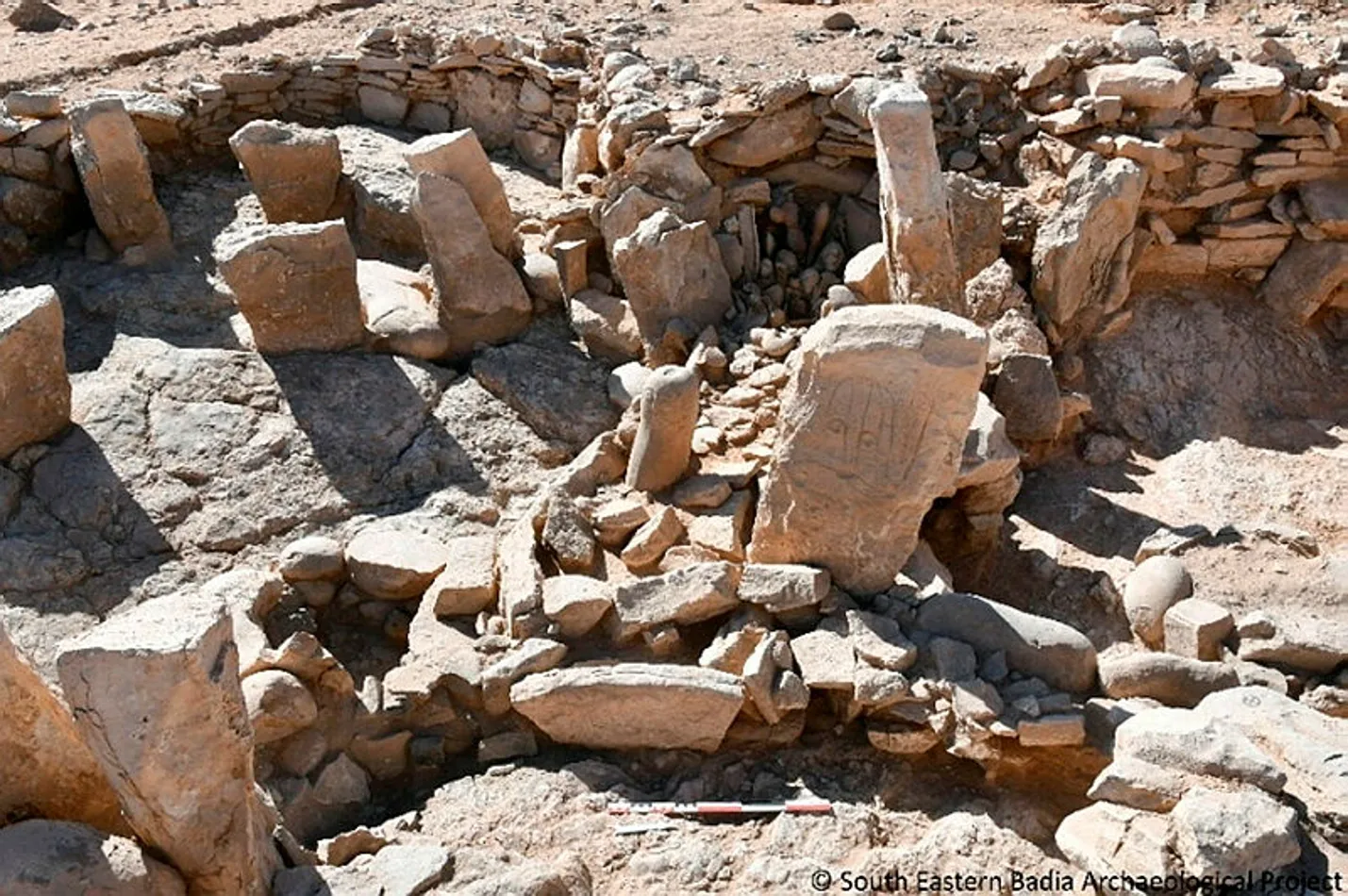
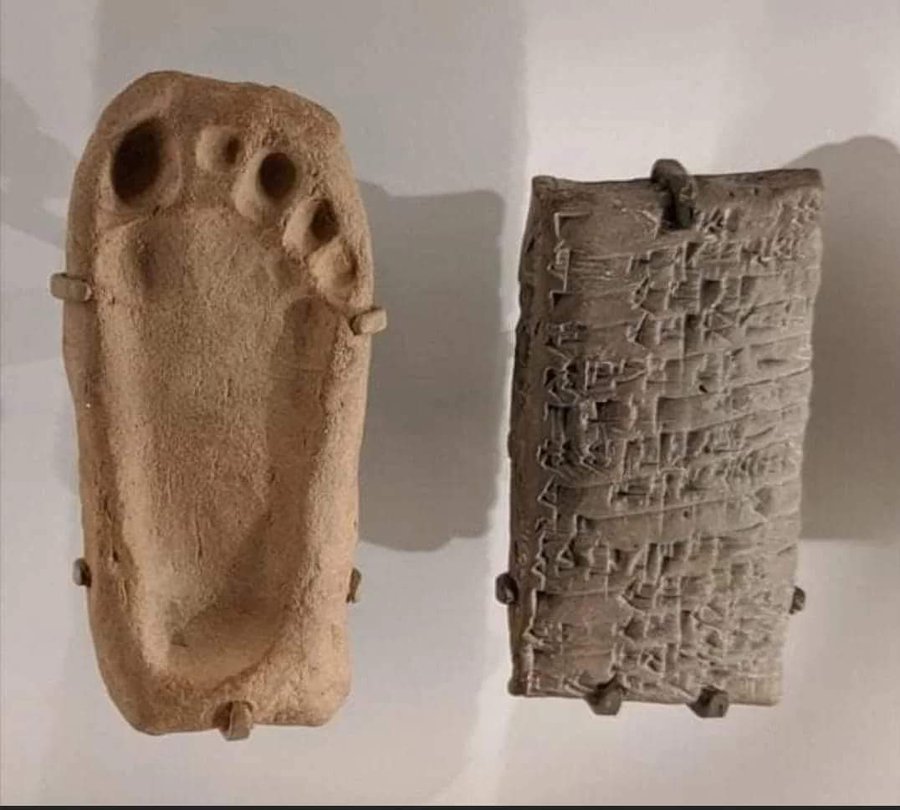
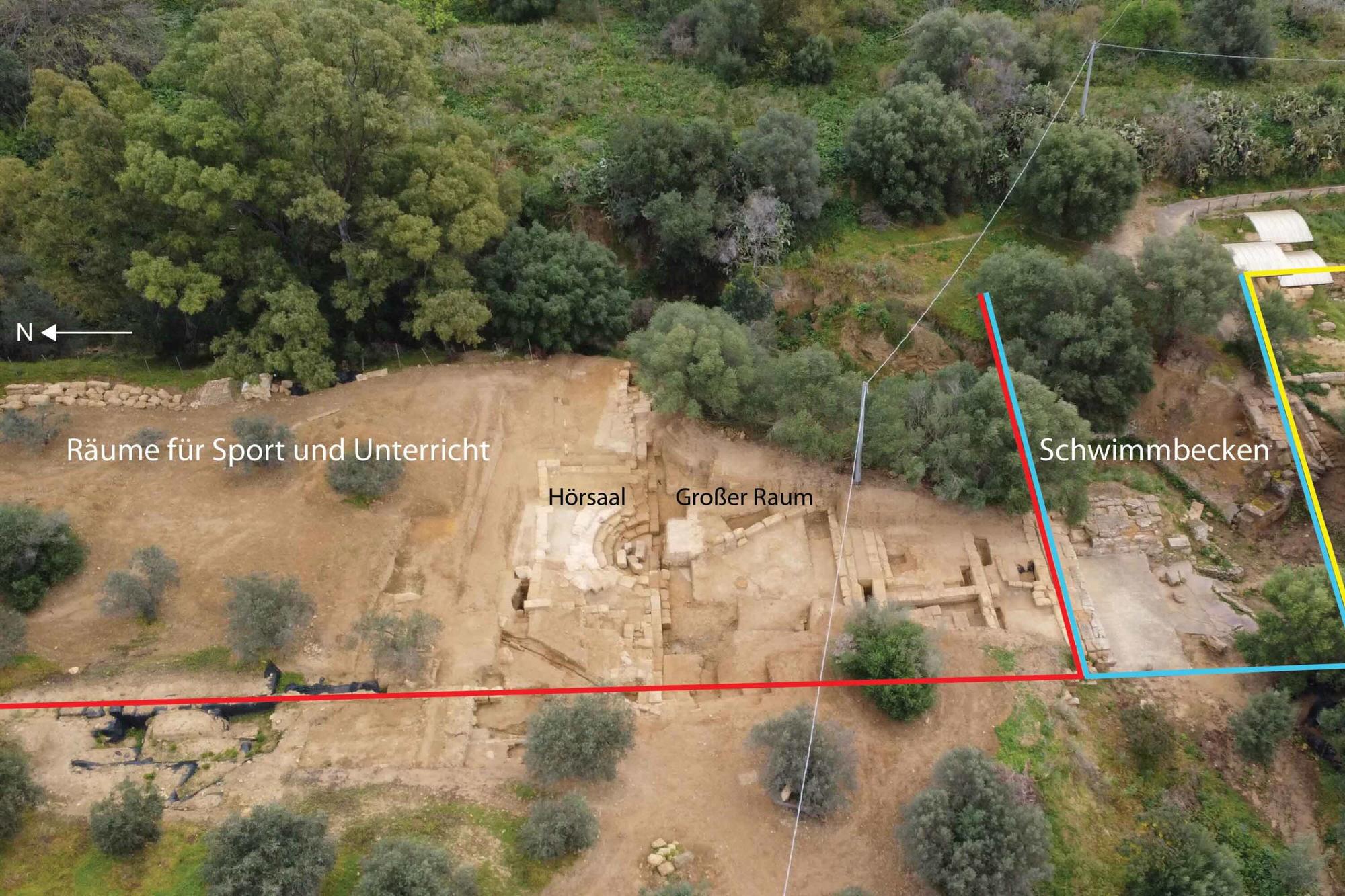

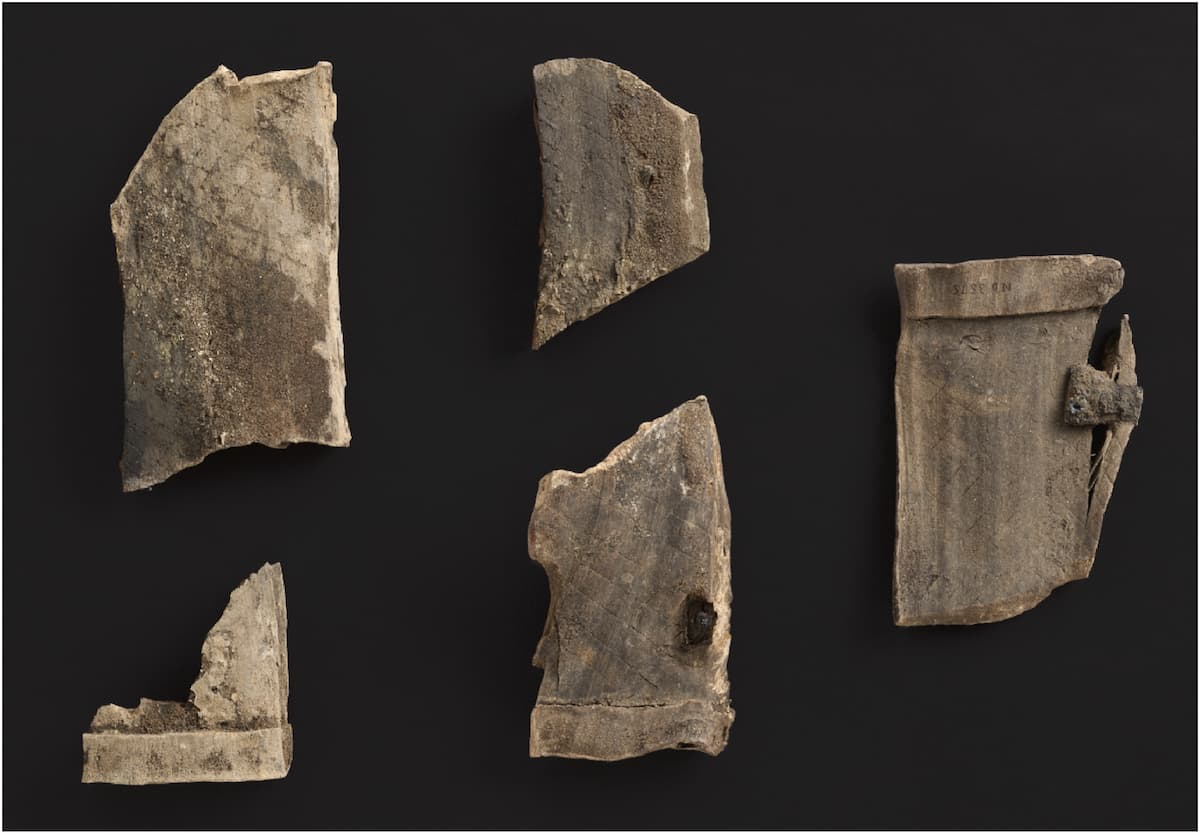
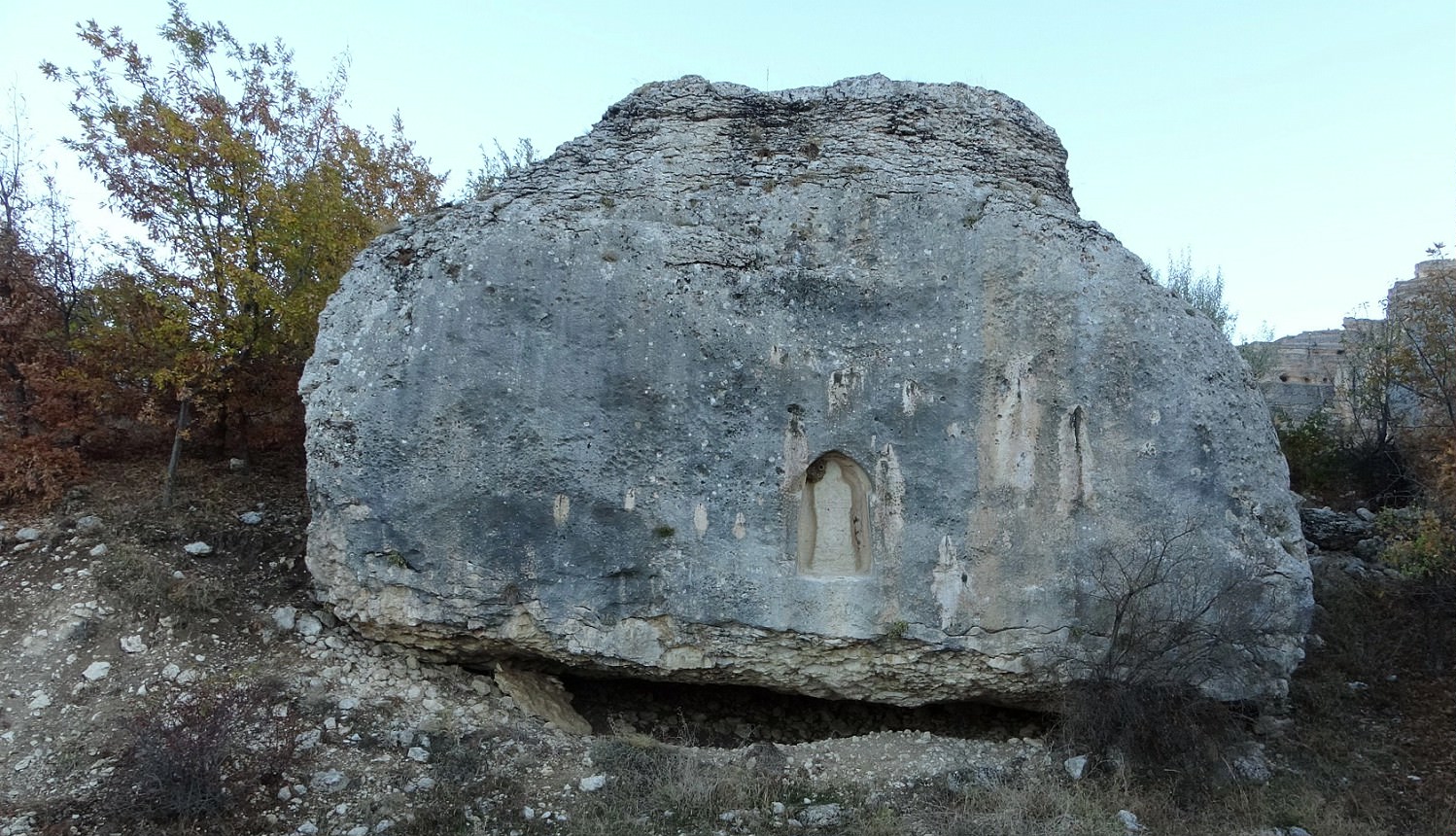
Leave a Reply